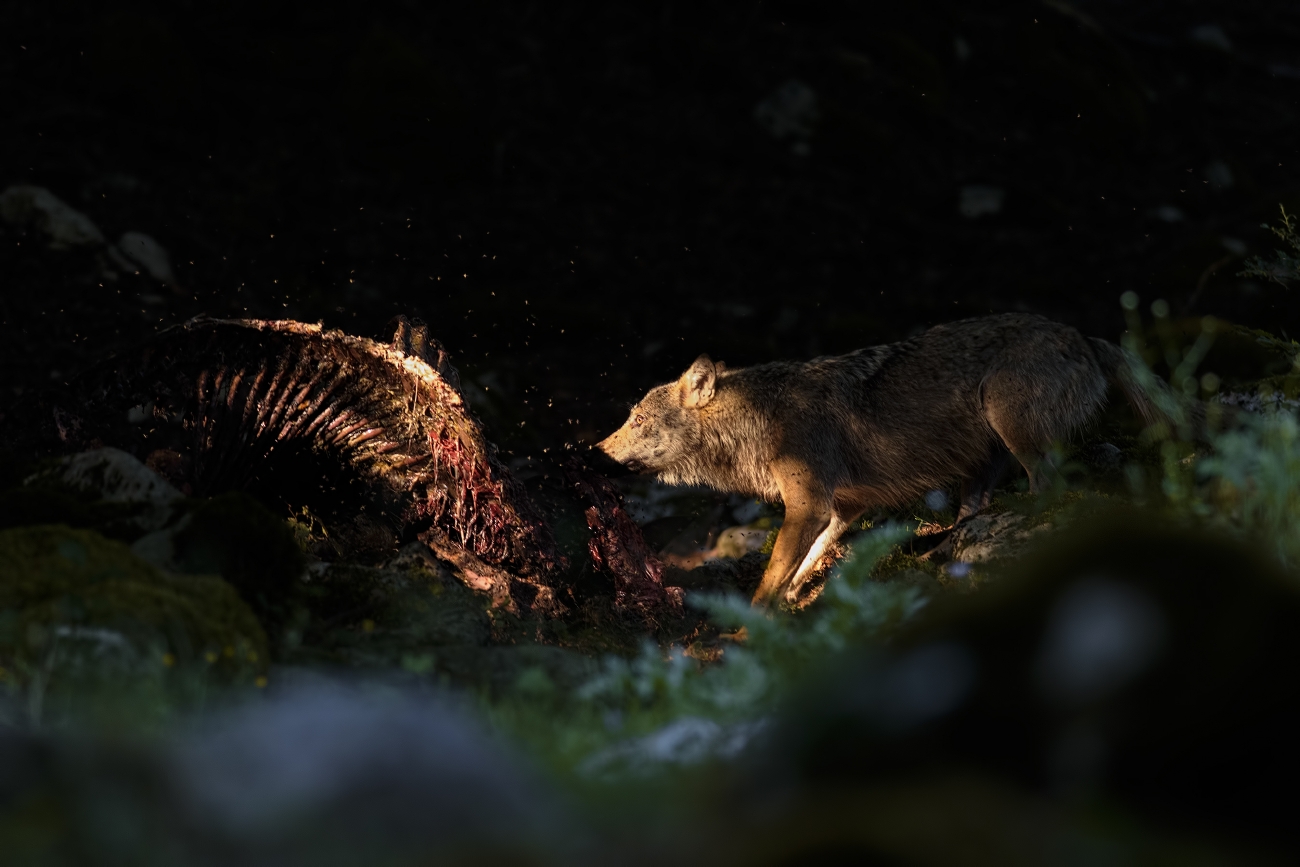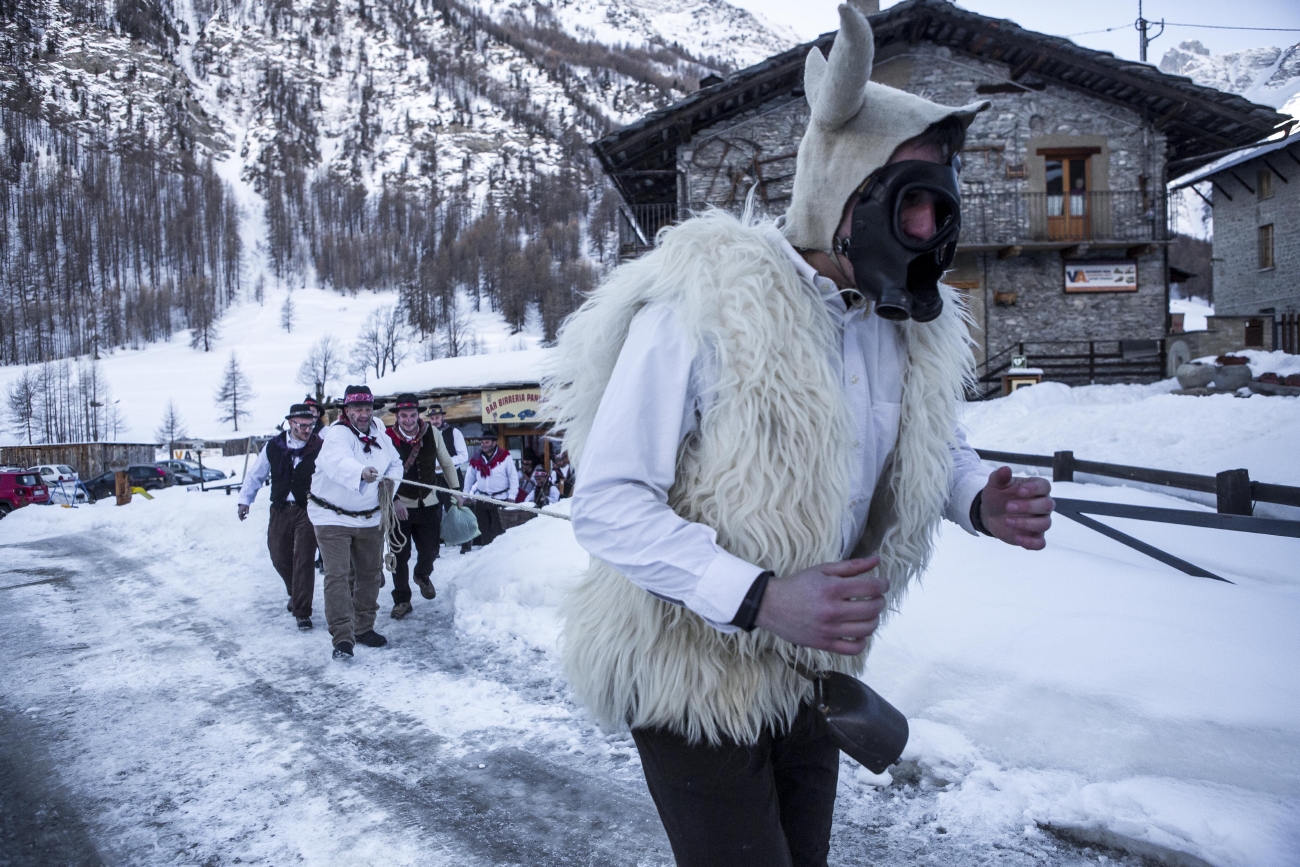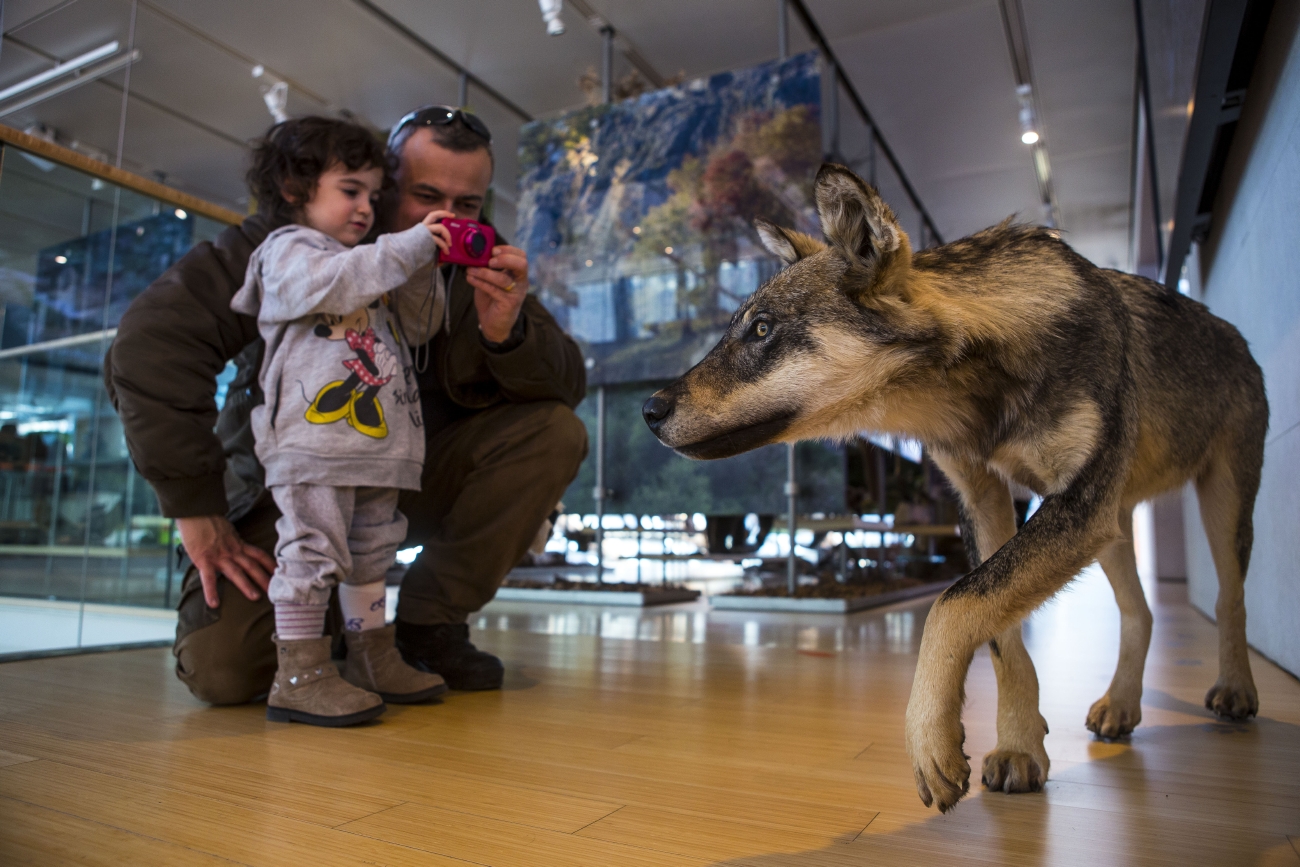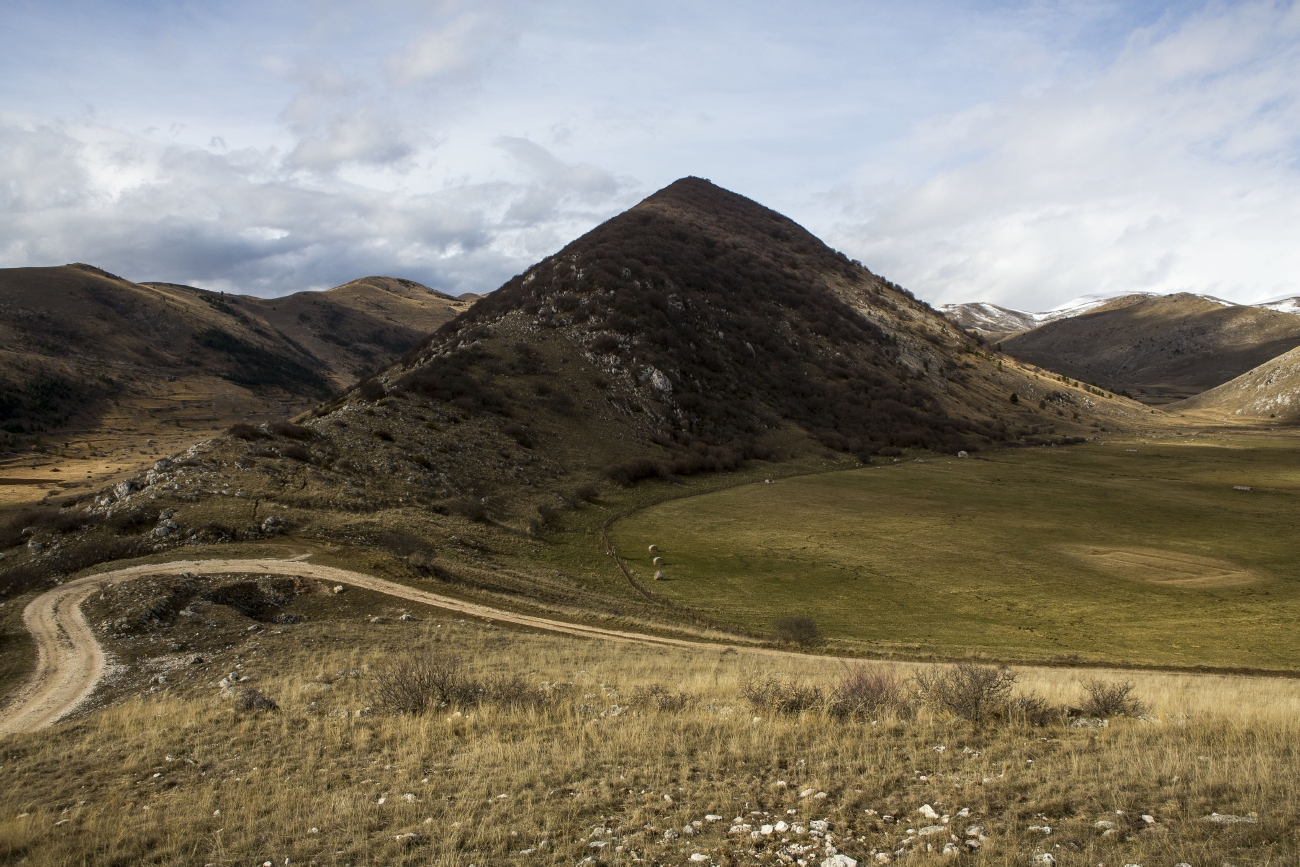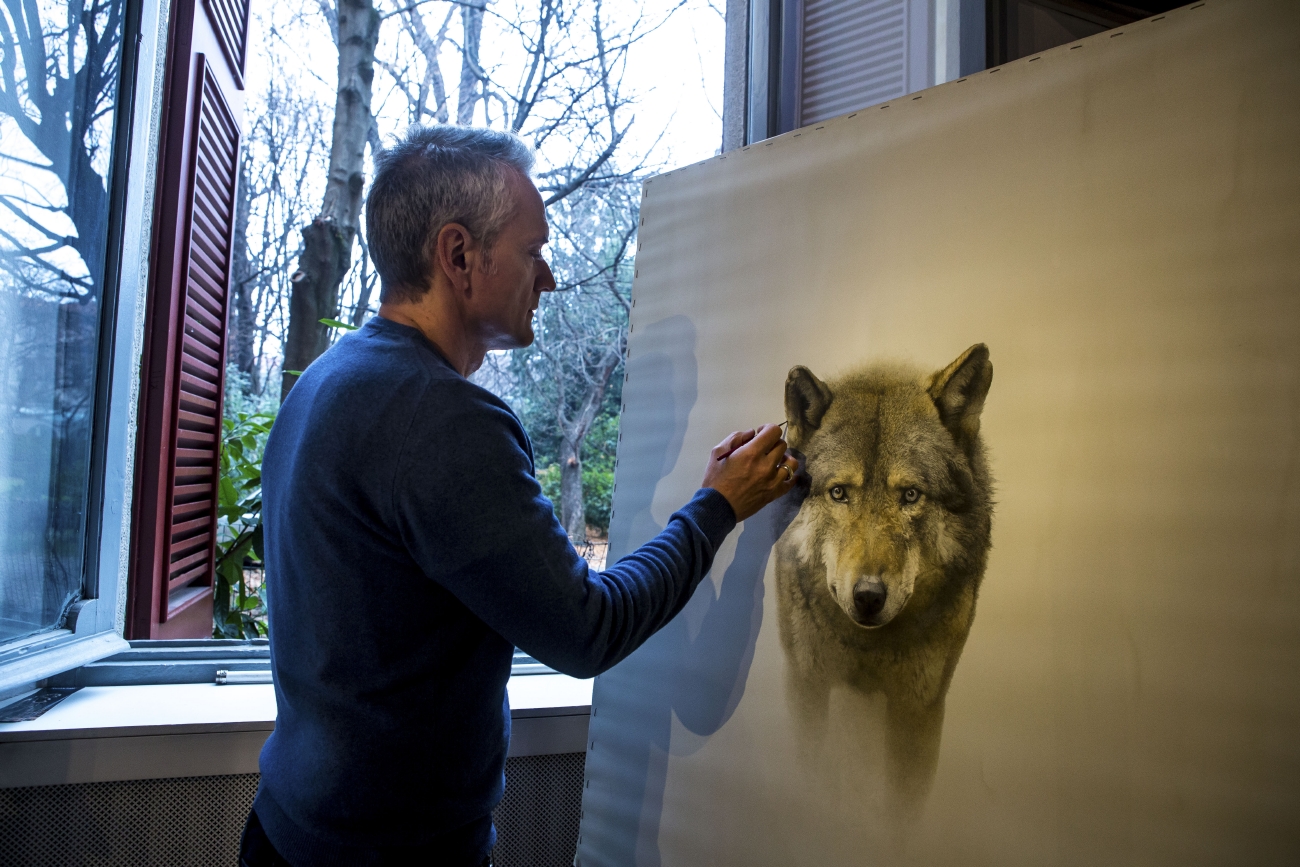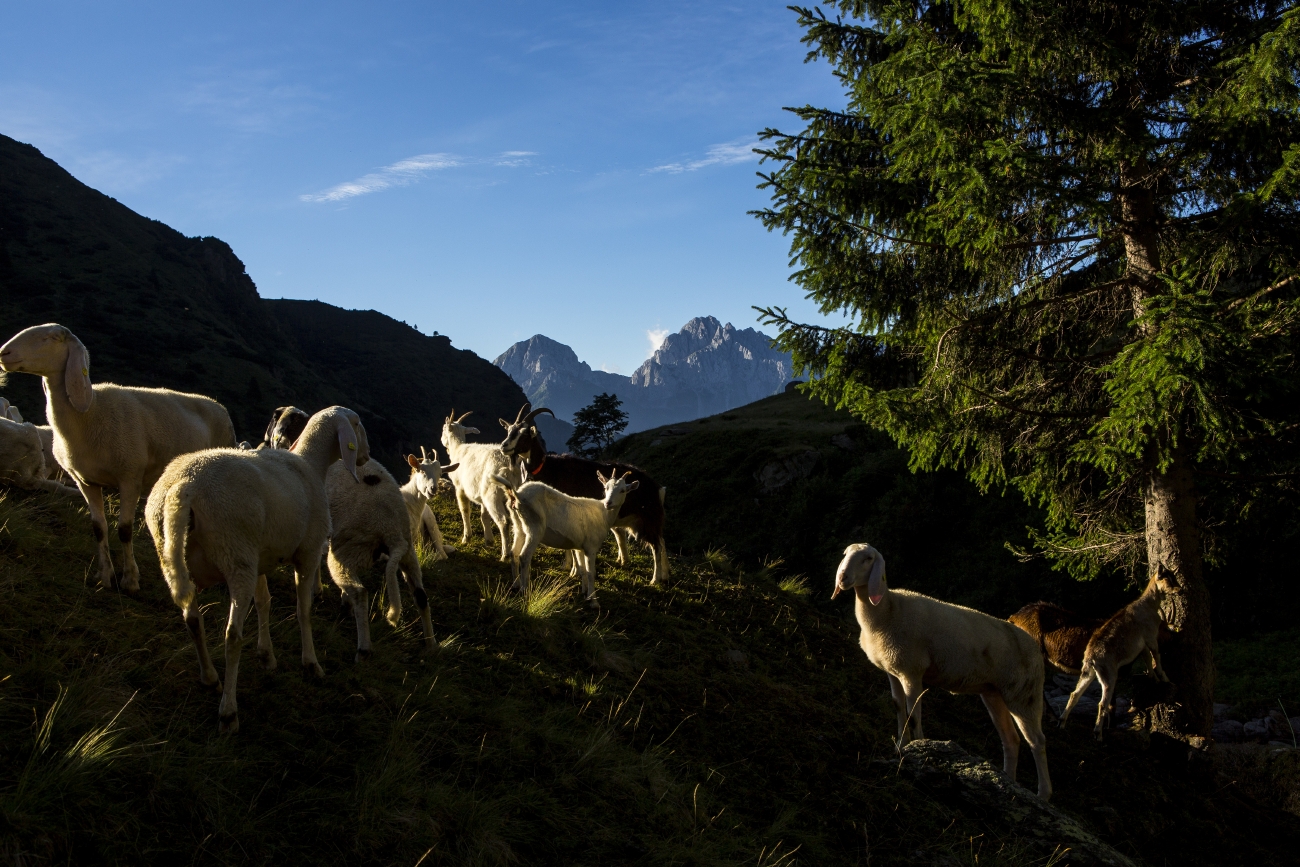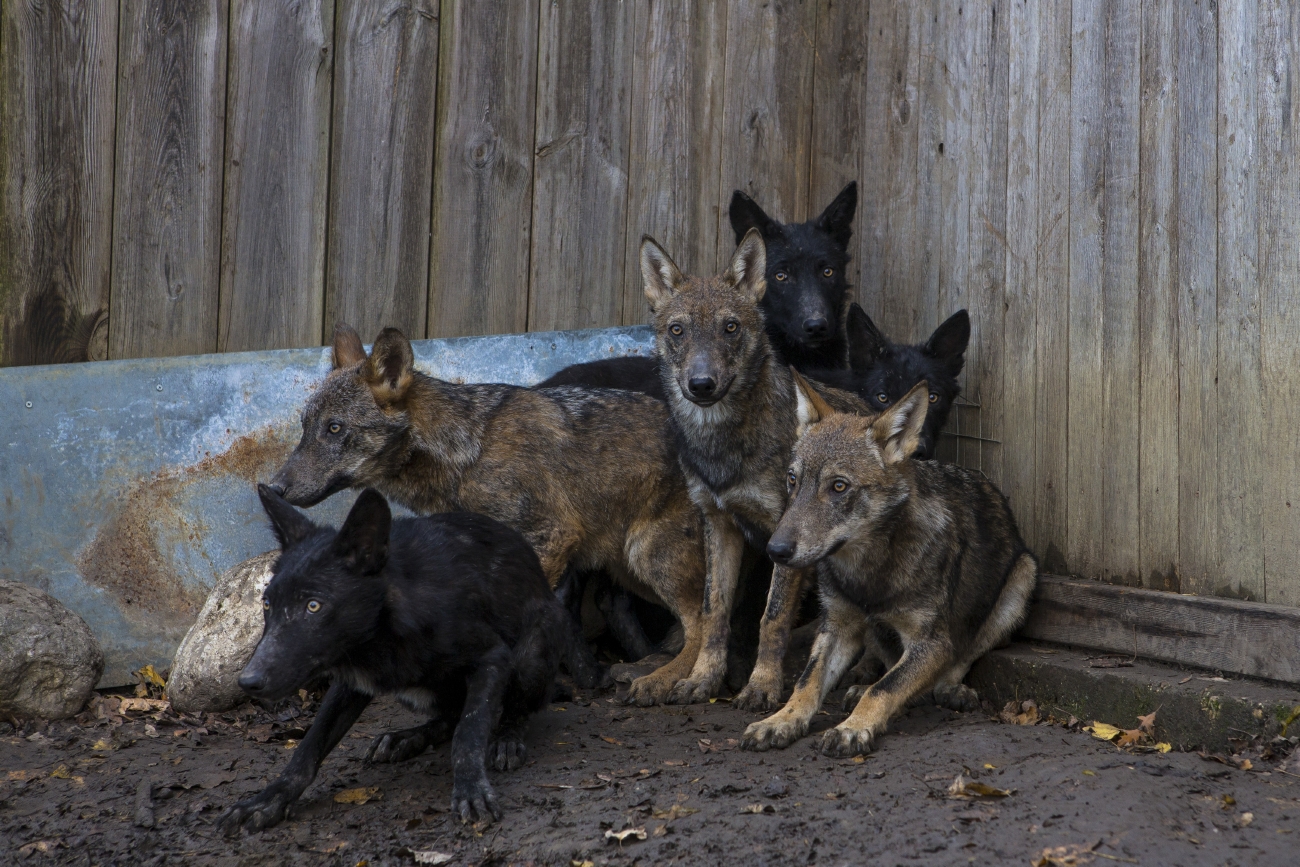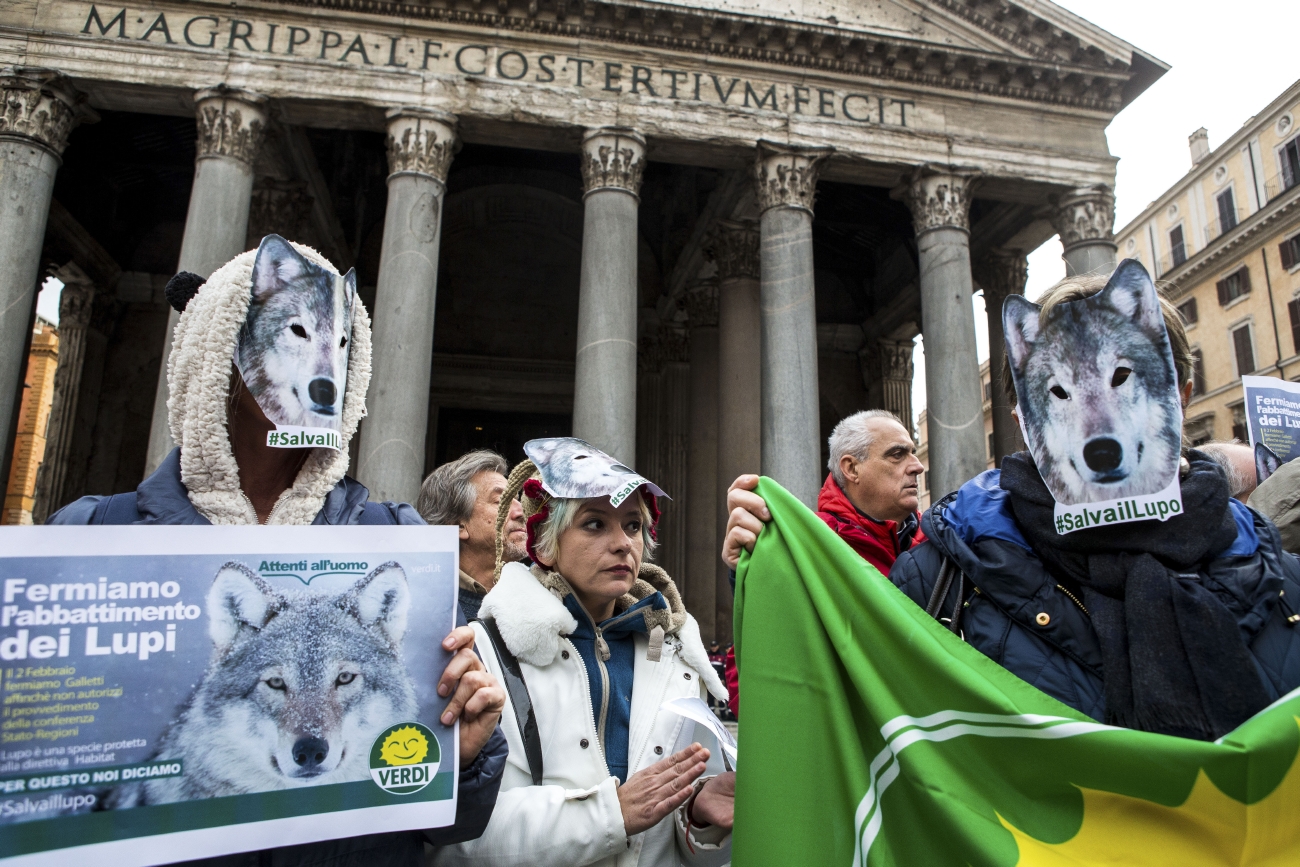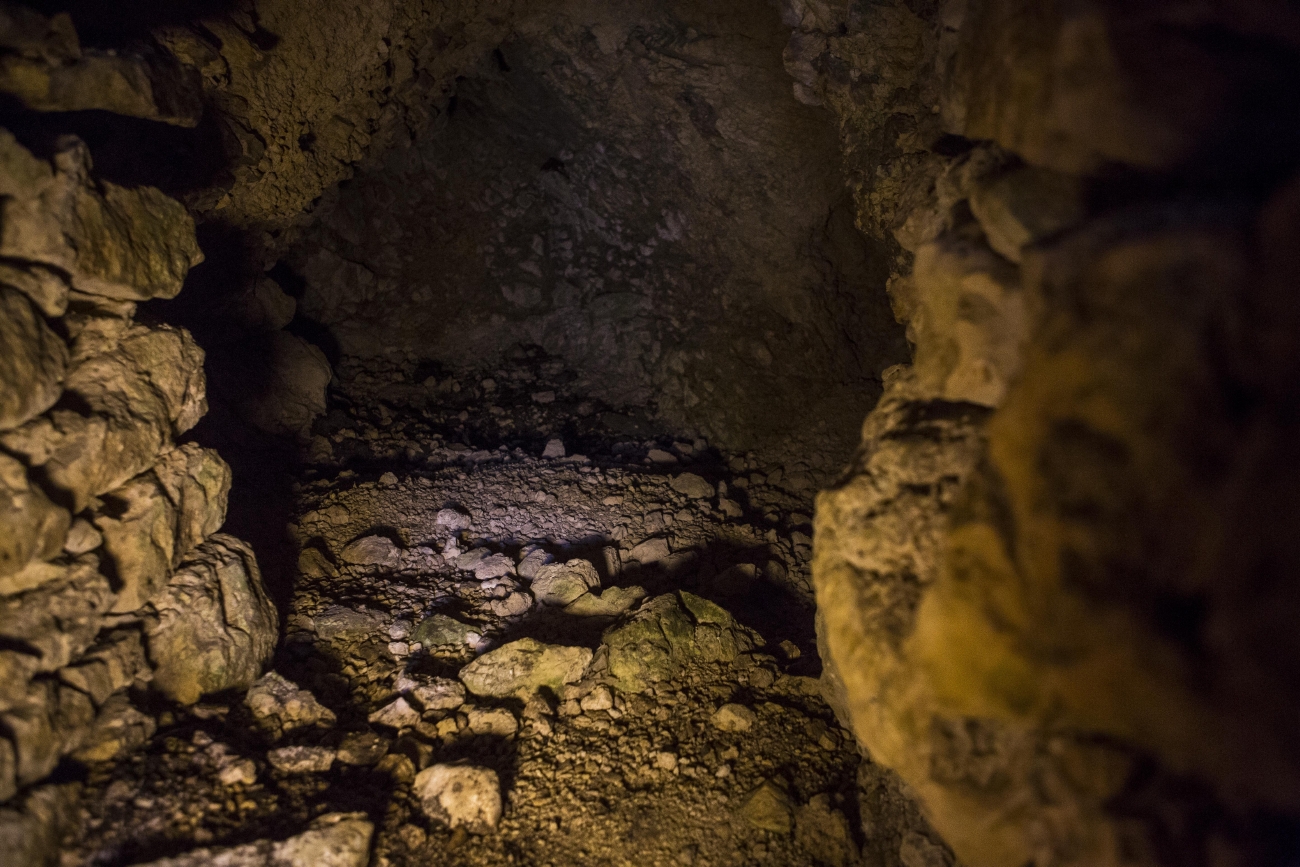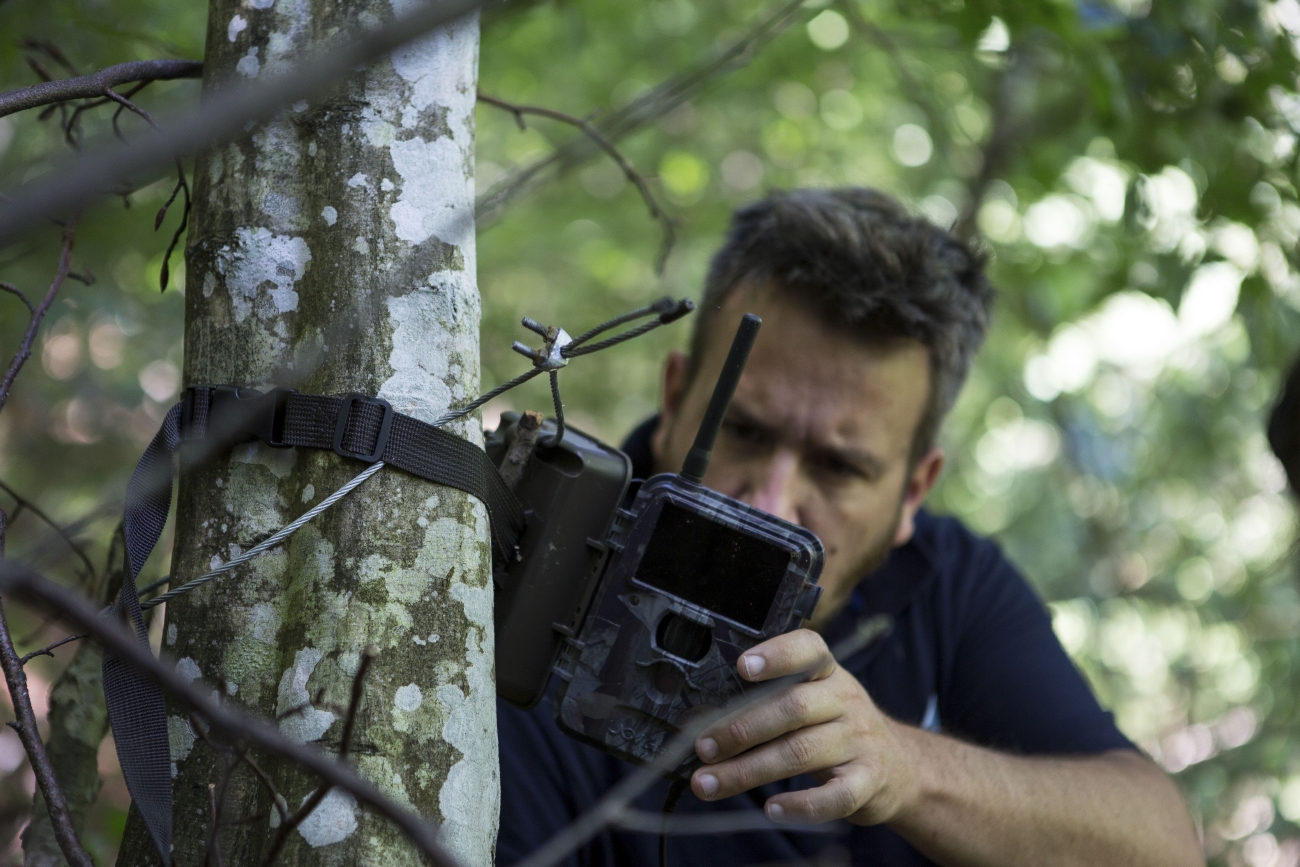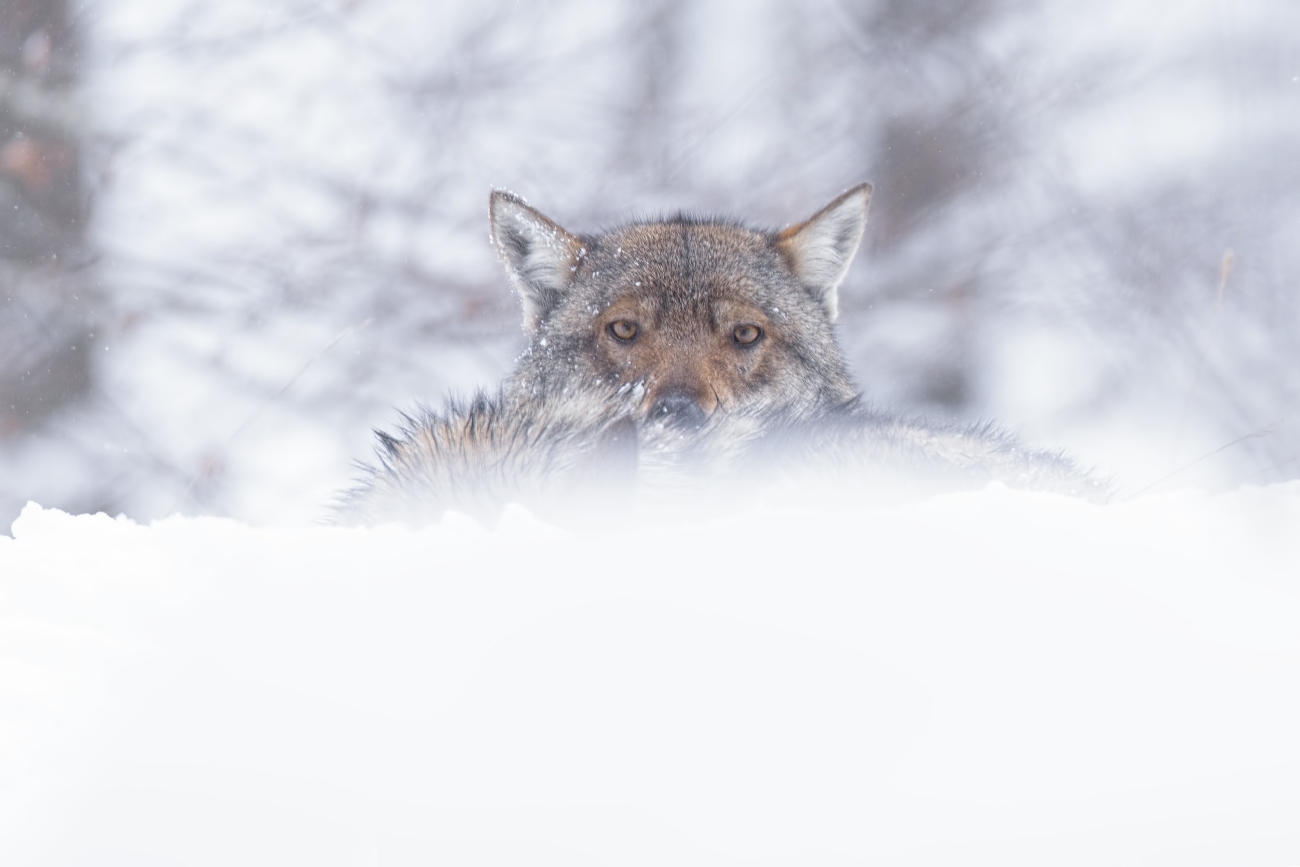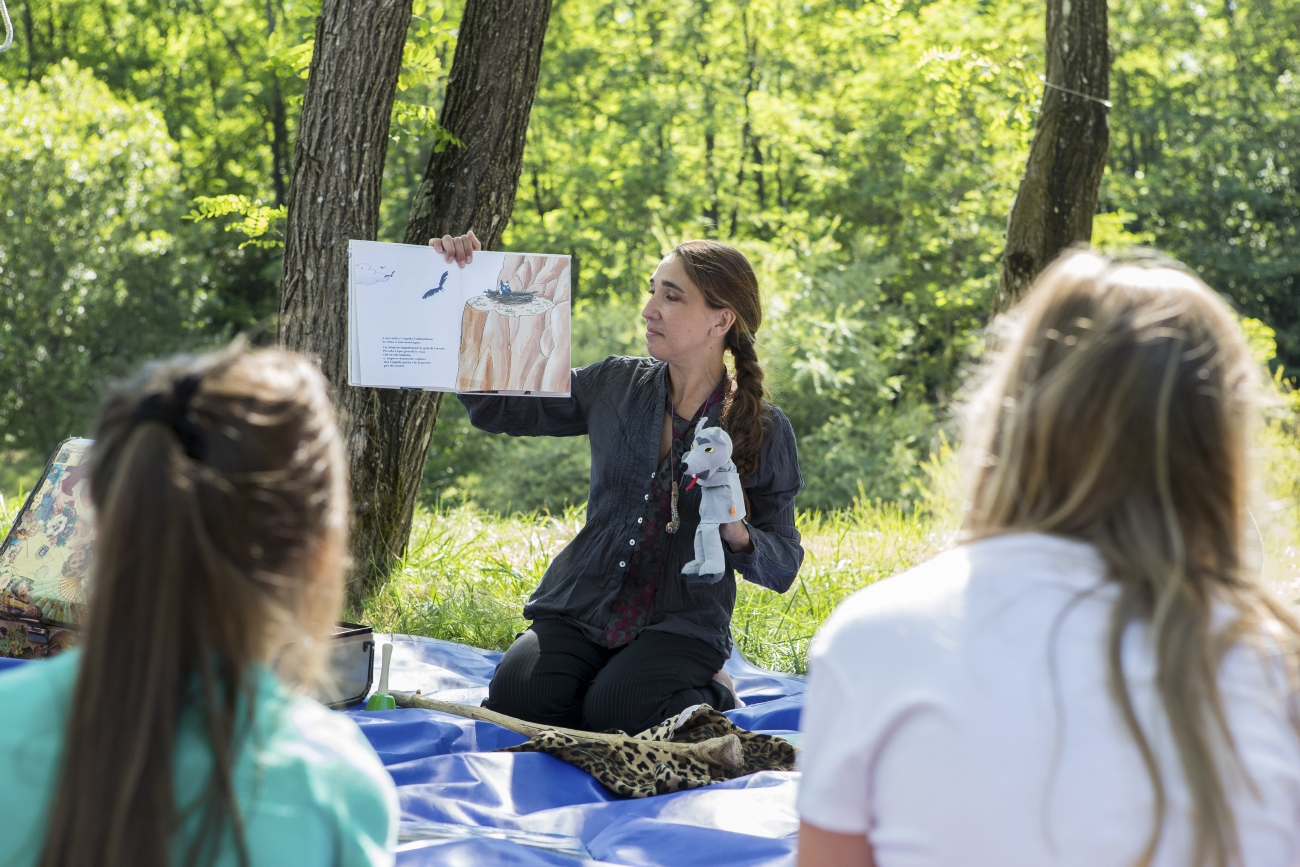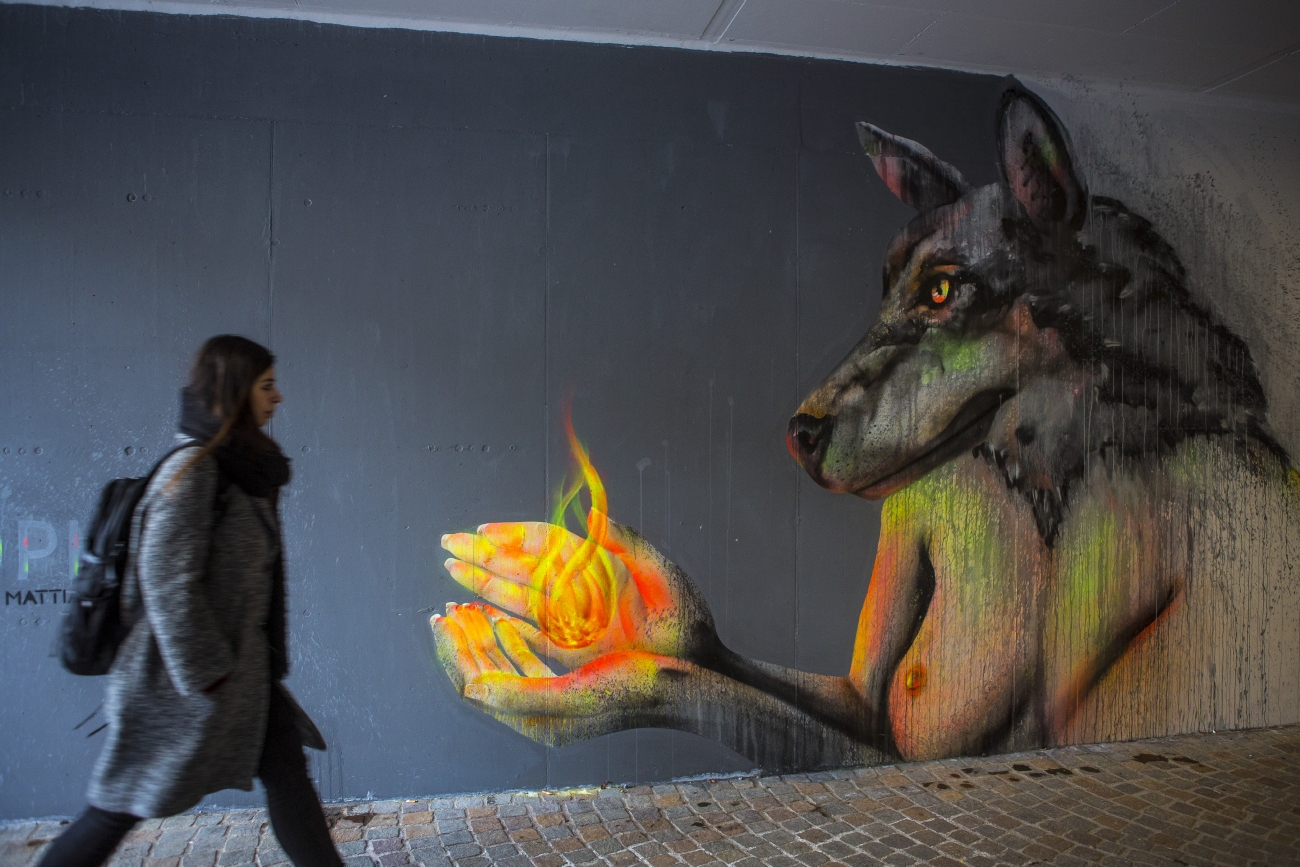Of Men and Wolves
The story of a lucky return
Photos by Simone Bergamaschi and Andrea Benvenuti
Men and wolves: instinct and reason, pack and society, nature and urbanization; the thousand-year intertwining of two species, creating a unique history that is part science, but also part fears, irrationality and legends. Men and wolves have always coexisted in history, distrusting each other but sometimes also understanding each other in their diversity.
“Yesterday I saw a wolf outside the door. He was staring at me with those yellow eyes. He was beautiful. I got goose bumps and a shiver down my spine”: those lucky enough to make eye contact with wolves all tell a similar version of this story. The wolf is a shy animal that rarely approaches humans, having learned to distrust the species to preserve its own.
(2016-2018)
Many cultures in different parts of the world have considered the wolf in various forms: from the American Indians, to the Inuits of Alaska, to the peoples of Northern Europe. The Italians also lived together with wolves up until the middle of the last century. In the 1920s, however, wolves began to be considered a harmful species in Italy for both livestock and game, so its men began a battle that led the species to reach a historical low in the 1970s (about 100 wolves). They only resisted in small restricted areas of the country that included the Sibillini Mountains in the Marche region and the southern part of
Calabria. Without introducing any specific interventions, the number of packs in Italy began to grow again in the 90s and today there are about 2,000 wolves in the country. This is an absolutely natural fact that, however, has rekindled a series of conflicts with human activities and has brought the debate all the way up to Parliament, where in 2017 a bill was considered for their slaughter (the bill was not approved). In recent years various associations have arisen that work for the possible coexistence of man and wolf.
Many shepherds have accepted this challenge and have begun to take precautions to defend their flocks with both innovative methods (electrified fences for night-time and “anti-wolf” fences for stationary flocks) and with “ancient” methods such as training Abruzzese sheepdogs, natural deterrents of wolves. And while many researchers study their behaviour and movements throughout the country, the Italians ideologically choose one side or the other. Painters such as Marzio Tamer celebrate their beauty, actors like Barbara bring children into
the woods to tell fairy tales with wolves as protagonists and animal rights groups rise up when the government tries to launch abatement plans. Paola crossed the Alps while living in the woods with her horse Isotta, telling of her adventure in the wilderness with her book “Sentieri da lupi” (Wolves’ Paths). Village traditions celebrating wolves have come to light after being forgotten for centuries, for example in the small town of Chianale (CN), where an ancient Carnival celebration called “Li Loups” has been rediscovered.
